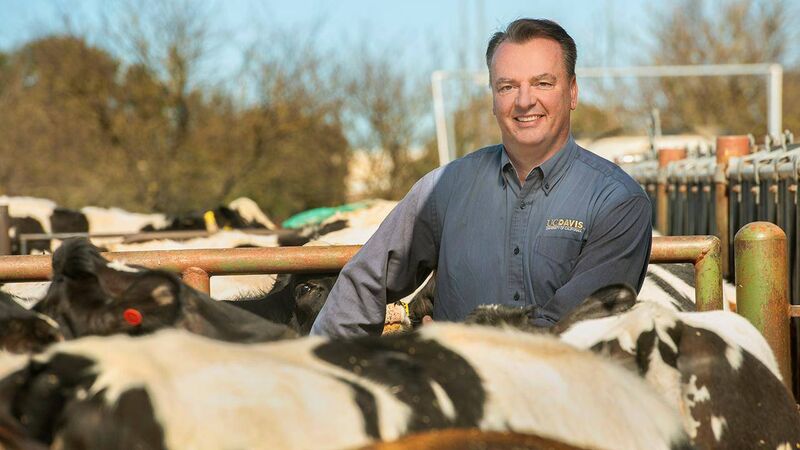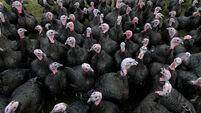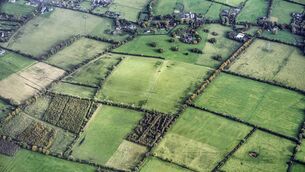Methane reduction progress 'challenging, but expected to accelerate' in coming years

Frank Mitloehner, a professor and air quality specialist in cooperative extension in the Department of Animal Science at UC Davis, has described methane as being the “fast and furious GHG". Picture: UC Davis
Progress on reducing methane emissions from agriculture is “challenging, but expected to accelerate” as feed additives become commercially available in future years, Bill Callanan, chief inspector at the Department of Agriculture, Food and the Marine has said.
Speaking at an Oireachtas environment and climate action committee meeting, he said that the 51% reduction target in greenhouse gas emissions on an economy-wide basis by 2030 is “extremely ambitious”, and the agriculture and land-use sectors “will be required to play their part in meeting Ireland’s climate ambition”.
Mr Callanan stressed to the committee: “We’re not holding out in relation to a silver bullet. That would be a misrepresentation of the level of challenge needed at individual farm level to change practices.
“It’s a whole series of actions, for example, it’s reducing fertiliser, changing fertiliser type for the remainder, it’s about earlier slaughter of animals, breeding strategies and how to deliver those.
“Feeding is just one component.”
He said that the policy approach for agriculture is structured around “three pillars”.
The first is to “continue to reduce emissions, using the best science and best agricultural practices”.
“Secondly, we must continue to sequester carbon and increase our avoidance of emissions through increased afforestation and better land management practices,” Mr Callanan said.
For the agriculture and land-use sector, delivery will be “extremely challenging”, Mr Callanan said in his submission to the committee.
“From a technical point of view, within a stable herd scenario, there is a limit to achievability and higher ambition would require changes in animal numbers,” he said.
“In particular, there are significant challenges around the reduction of methane within our pasture-based livestock production system and we welcome the fact that the second five-year carbon budget is aligned with the current technology constraints in this regard.”
CLIMATE & SUSTAINABILITY HUB










